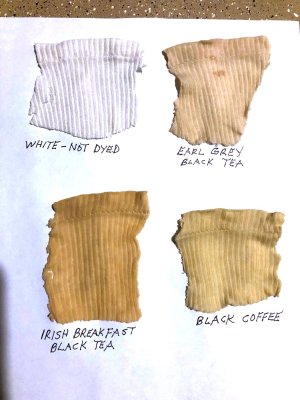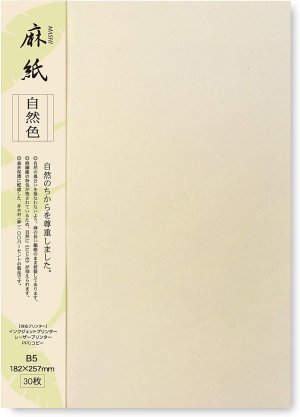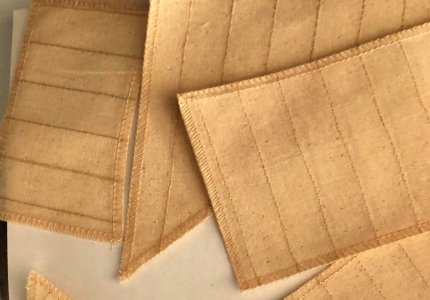Hello everyone,
I just joined and posted in the "Introduce Yourself" section.
I recently got back into wooden ship building and purchased and working on an OcCre Buccaneer kit because I like pirate ships. Price was affordable compared to other ones.
I have the deck planks and outside planks of the hull assembled and stained. Went with darker stains than the instructions/online videos because I wanted a darker and more sinister pirate look to it. Instead of "in the white" decking, I stained them in oak. Hull is stained in sections of maple and walnut. Gave a dark tone to the entire ship.
My dilemma and question are about the sails. They are white in color with yellow stripes in them and I want them to be a medium to dark grey in color. They are the typical cloth sails and are already cut and sewn. I was thinking about dying them to add to darkness of the ship instead of bright white sails.
What kind of cloth dye should I use? RIT dye from Hobby Lobby? Any tips or tricks on dying sales? I don't want them black, but a grey that matches my dark themed pirate ship.
Thank you!
I just joined and posted in the "Introduce Yourself" section.
I recently got back into wooden ship building and purchased and working on an OcCre Buccaneer kit because I like pirate ships. Price was affordable compared to other ones.
I have the deck planks and outside planks of the hull assembled and stained. Went with darker stains than the instructions/online videos because I wanted a darker and more sinister pirate look to it. Instead of "in the white" decking, I stained them in oak. Hull is stained in sections of maple and walnut. Gave a dark tone to the entire ship.
My dilemma and question are about the sails. They are white in color with yellow stripes in them and I want them to be a medium to dark grey in color. They are the typical cloth sails and are already cut and sewn. I was thinking about dying them to add to darkness of the ship instead of bright white sails.
What kind of cloth dye should I use? RIT dye from Hobby Lobby? Any tips or tricks on dying sales? I don't want them black, but a grey that matches my dark themed pirate ship.
Thank you!














